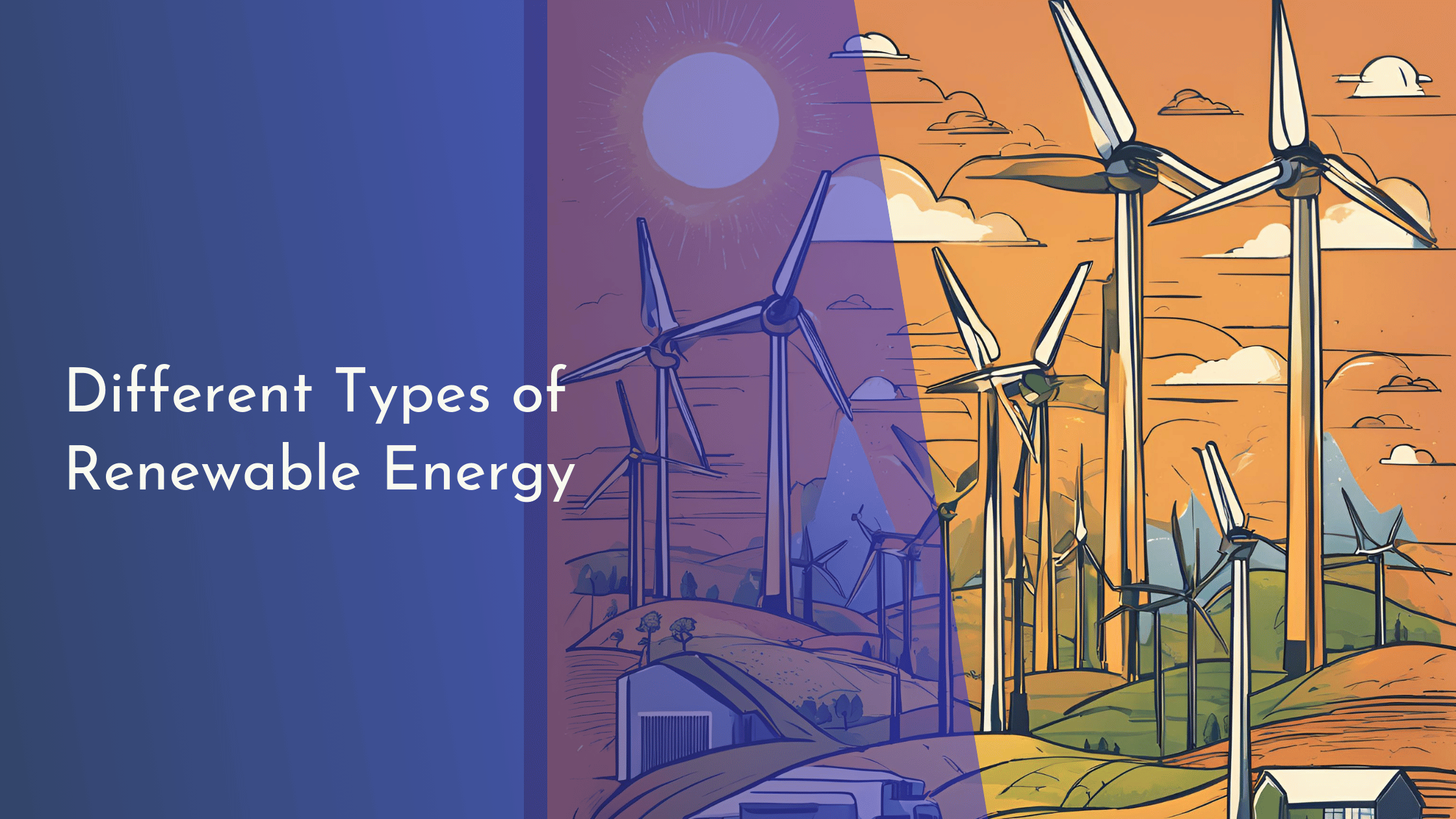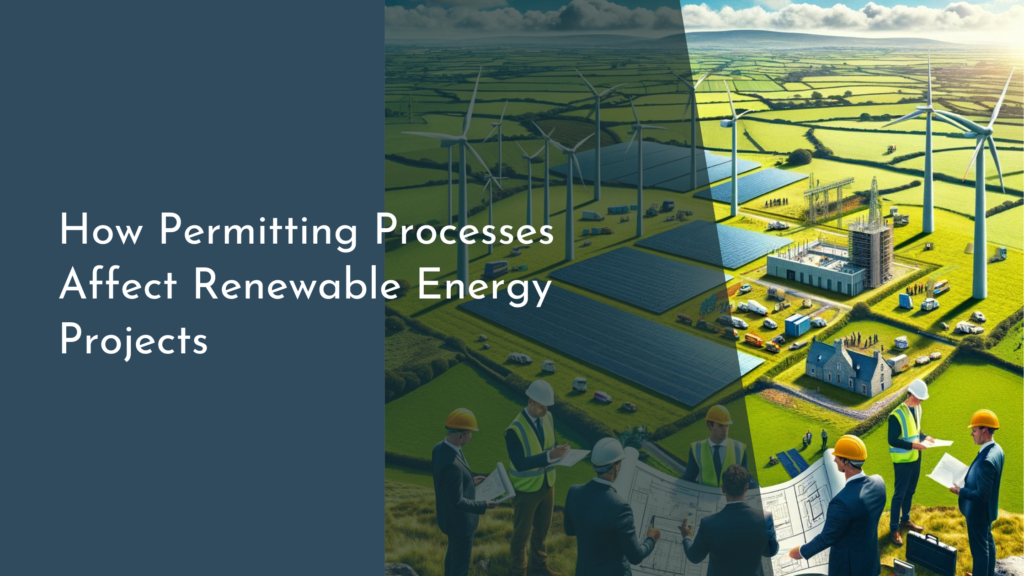Understanding the Different Types of Renewable Energy
In a world increasingly aware of the environmental and economic impacts of traditional energy sources, the exploration and adoption of renewable energy have become pressing priorities. Renewable energy sources offer the promise of a cleaner, sustainable future, paving the way for innovations and efficiencies that were once thought unimaginable. This article delves into the various types of renewable energy, examining their potential to revolutionize how we power our lives while minimizing ecological footprints.
Exploring the Power of Renewable Energy Sources
Renewable energy sources are derived from natural processes that are replenished constantly and are, in theory, inexhaustible. Among the most commonly known are solar, wind, hydroelectric, biomass, and geothermal energy. Each of these sources harnesses the natural elements in unique ways, providing a wide array of possibilities for sustainable power generation. For example, solar energy captures the sun’s rays using photovoltaic cells to generate electricity, while wind energy utilizes turbines driven by the movement of the air to produce power. These technologies are becoming more efficient and affordable, making renewable energy more accessible to households and industries worldwide.
Hydroelectric power is one of the oldest and most established forms of renewable energy, utilizing the flow of water in rivers and dams to generate electricity. It accounts for a significant portion of the world’s renewable energy supply, offering a reliable and consistent source of power. However, it’s essential to consider the ecological impacts of large-scale hydroelectric projects, which can disrupt local ecosystems and communities. Innovators are working on smaller-scale and more environmentally conscious hydropower technologies to mitigate these effects.
Biomass and geothermal energy offer unique benefits and challenges. Biomass energy is generated from organic materials, such as plant and animal waste, which can be converted into electricity or used as biofuels. This type of energy not only provides a renewable source but also helps manage waste. Geothermal energy, on the other hand, taps into the Earth’s internal heat, offering a stable and sustainable energy supply with minimal environmental impact. However, both biomass and geothermal energy require careful management to ensure they are truly sustainable, considering factors like land use and resource extraction.
A Journey Through Sustainable Energy Solutions
Transitioning to renewable energy is not just about adopting new technologies; it involves rethinking how we produce, distribute, and consume power. One of the critical strategies in this journey is decentralization. Instead of relying solely on large power plants, decentralized energy systems consist of smaller, local renewable energy setups that provide power to nearby homes and businesses. This approach increases efficiency, reduces transmission losses, and enhances energy security by diversifying sources and responsibilities.
Energy storage is another vital component of the shift towards renewables. Since renewable energy sources like solar and wind are not always available, developing efficient storage solutions is essential to ensure a stable energy supply. Batteries, pumped hydro storage, and emerging technologies such as hydrogen fuel cells are at the forefront of this innovation. By storing excess energy during times of abundance, these systems can provide a consistent power supply during periods of low production, effectively bridging the gap between availability and demand.
Moreover, integrating smart technology with renewable energy systems can enhance efficiency and reliability. Smart grids, for instance, use digital communications technology to detect and react to local changes in usage, helping balance supply and demand more effectively. They also allow for better integration of diverse energy sources and enable consumers to participate actively in managing their energy use. As these technologies evolve, they not only offer promise for reducing carbon footprints but also create opportunities for economic growth and job creation in the renewable energy sector.
Understanding the different types of renewable energy and how they can be implemented marks a crucial step towards a more sustainable future. Each energy source—solar, wind, hydro, biomass, and geothermal—offers its own set of advantages and challenges, necessitating a tailored approach to implementation based on environmental, economic, and geographical considerations. As we continue to innovate and adopt these technologies, the potential for a cleaner and more resilient energy system becomes increasingly achievable.
Final Thoughts
The journey toward renewable energy is not just a technological transition but also a cultural one. It requires a collective commitment to sustainability and a willingness to embrace change, recognizing that small actions at the individual level, like opting for solar panels or supporting green policies, contribute to a larger global impact. As we move forward, the collaboration between governments, businesses, and communities will be vital in creating a future that is not only sustainable but also equitable and prosperous for all. Let this journey inspire us to harness the power of nature, ensuring a healthier planet for generations to come.


